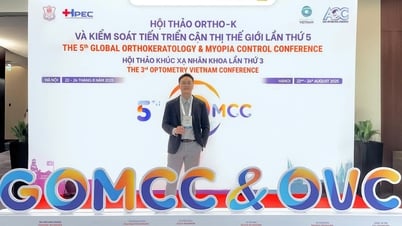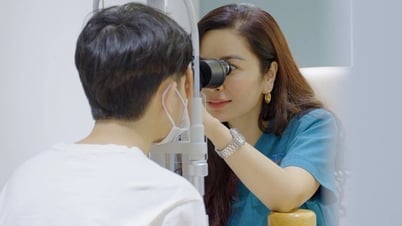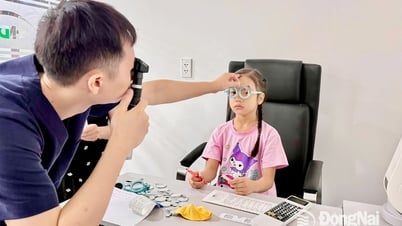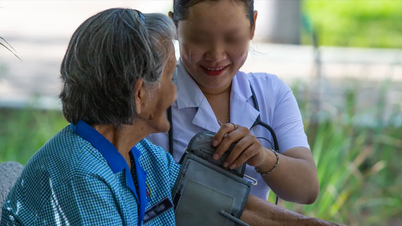My husband and I are both nearsighted over 7 diopters. If we have children, will it be inherited? What is the percentage of inheritance? (Han, 25 years old, Ho Chi Minh City)
Reply:
Refractive errors include nearsightedness, farsightedness, and astigmatism. The two main causes of refractive errors are genetics and environment. Genetic factors account for a small percentage, often found in children whose parents have refractive errors. With myopia, if parents are nearsighted under 4 diopters, the likelihood of passing it on to their children is about 10%, and if parents are nearsighted from 6 diopters or more, the likelihood of passing it on to their children is over 90%.
The remaining diseases are caused by environmental factors, specifically by unreasonable living habits such as sitting in the wrong position or looking too close, affecting eye regulation; reading in low light conditions or in study and living spaces with low light, causing children's eyes to need to adjust too much. At the same time, if electronic devices (computers, tablets, phones) that emit blue light (a type of light similar to ultraviolet rays) are overused, it will harm the eyes. In addition, children with refractive errors can also be due to a diet lacking essential nutrients such as vitamin A, omega 3, vitamin C, calcium, etc.
To recognize refractive errors in children, parents should pay attention to signs such as children often squinting, tilting their heads when looking; not seeing clearly the writing on the board, writing incorrectly, writing off-line; the child's eye regulation is disturbed, leading to headaches, eye pain, and watery eyes.
Reduced vision due to untreated refractive errors will make it difficult for children to study and live. In addition, refractive errors can lead to many complications such as amblyopia, strabismus, retinal degeneration, retinal detachment..., even blindness. Therefore, as soon as parents detect signs of refractive errors in their children, they need to take them to specialized eye clinics for timely examination and treatment.
MD.CK2 Nguyen Thi Bach Tuyet
Ophthalmology Department, Interdisciplinary Department, Children's Hospital 2, Ho Chi Minh City
Source link




![[Photo] Binh Trieu 1 Bridge has been completed, raised by 1.1m, and will open to traffic at the end of November.](https://vphoto.vietnam.vn/thumb/1200x675/vietnam/resource/IMAGE/2025/10/2/a6549e2a3b5848a1ba76a1ded6141fae)


































































































Comment (0)